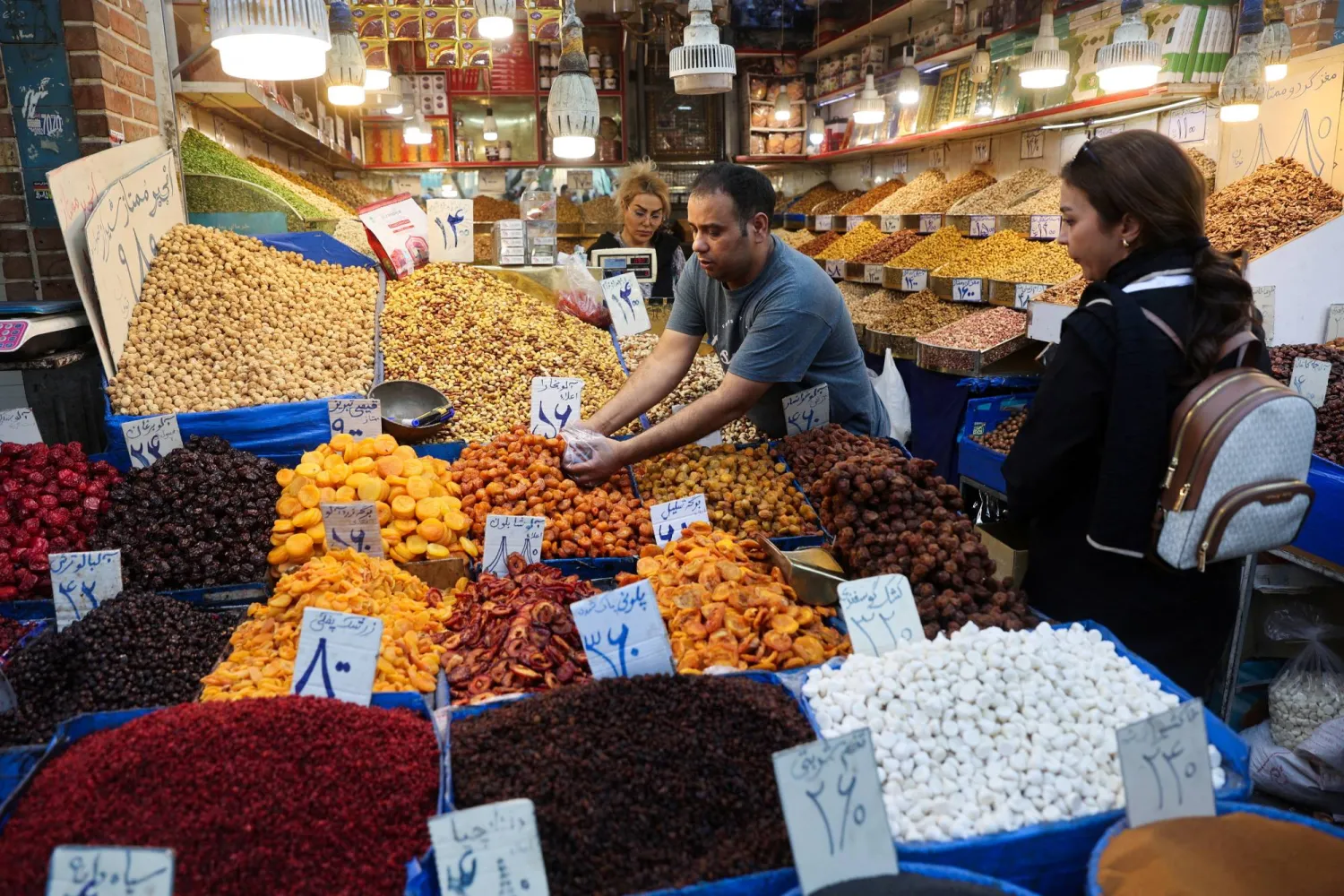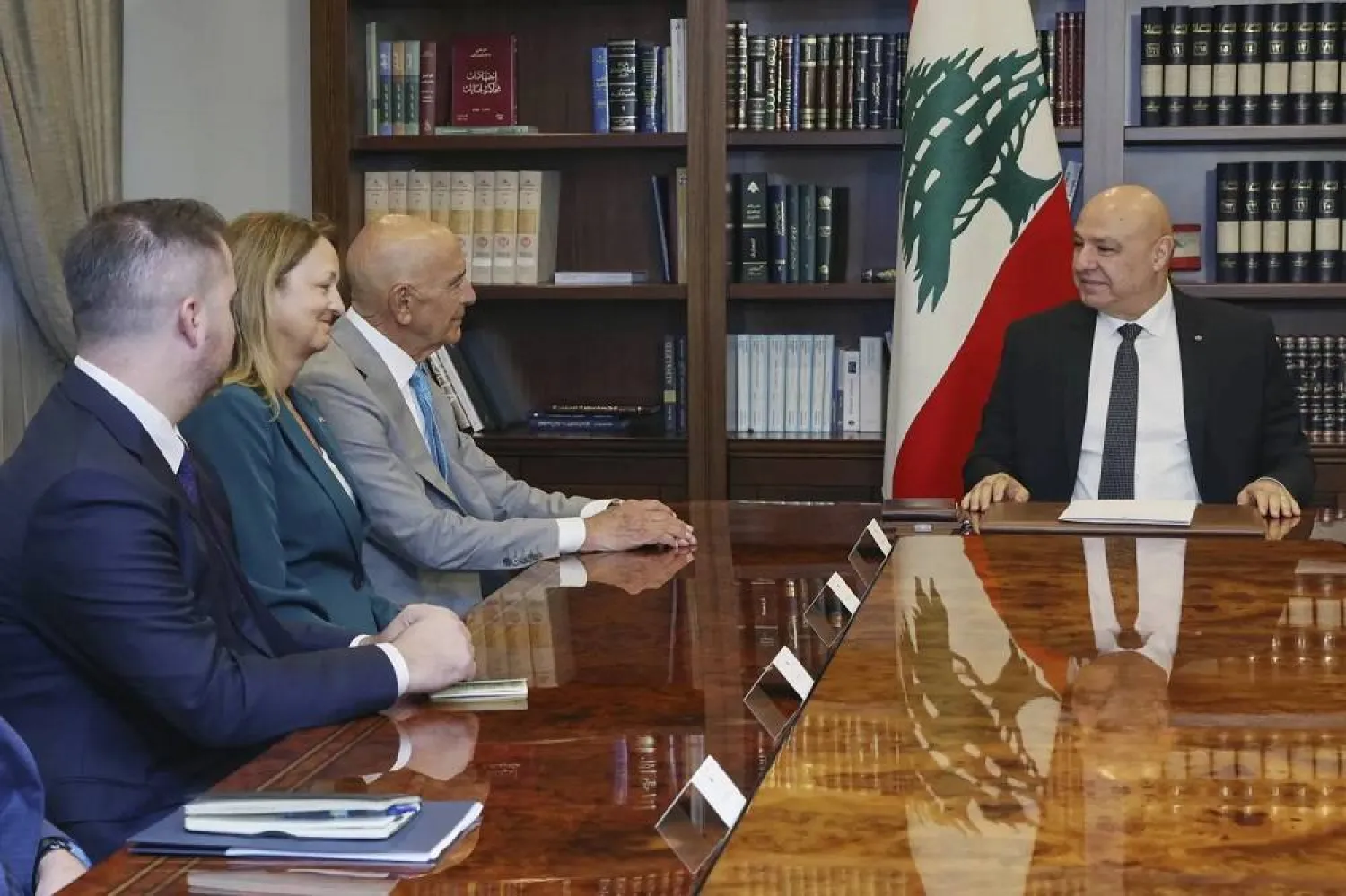Three indicators point to the possibility of a military escalation on more than one front in Syria. Stability along the contact lines in the three Syrian areas of influence - which has been prevailing for more than two years - is threatened by new rounds of fire. This threat does not come from local forces, but rather from abroad, specifically from countries neighboring Syria.
The Russian war in Ukraine has already produced new equations in Syria. The belief that Moscow would be militarily preoccupied with its field and political battles at home and abroad triggered a regional race to “fill the Russian vacuum” in three directions.
The first front is between Israel and Iran, as Tehran intensified its military, political, and economic efforts towards the areas controlled by the Syrian government, signed agreements and provided a financial credit line to Damascus. It has also deployed its militias and organizations in locations from which Russian elements have withdrawn or may withdraw.
Moreover, Tehran set its eyes on the Syrian factions that were supported by the Hmeimim base, after the decline in funding and monthly salaries. It also escalated its campaigns to provide weapons to the Syrian factions and Hezbollah, through traditional and new supply lines, whether by land or air.
This situation has triggered a new round of the “hidden war” between Tel Aviv and Tehran in Syria. Russia tried to assume a balanced role between the belligerents, and brandished the S-300 missile system against Israeli fighters, which had carried out raids in Syria on April 13.
However, the balance that Moscow has so far managed to maintain between Tehran and Tel Aviv is today under threat of getting out of control, especially if the race rages and the impression of “Russian drowning in the Ukrainian swamp” increases.
The second direction is between Turkey and the Kurds. The Iranian-Israeli “hidden war” is not new, as is the case with the repeated Turkish efforts to “dismember” any Kurdish entity south of the border and northern Syria.
At the end of 2016, Ankara abandoned eastern Aleppo in exchange for the establishment of the “Euphrates Shield” area to sever the link between the Kurds east and west of the Euphrates River.
At the beginning of 2018, with a green light from Russia, it launched Operation Olive Branch in Afrin, to prevent the Kurds’ access to the Mediterranean.
At the end of 2019, it cut off the links of the Kurdish entity in east of the Euphrates, by establishing the “Peace Spring” region, with the consent of President Donald Trump.
President Recep Tayyip Erdogan has repeatedly sought to establish a “safe zone”, 30 km deep along Turkey’s borders, as well as to link the three Turkish enclaves in northern Syria. But he did not get US or Russian support. At times, his views were met with threats from Washington or Moscow.
Today, something has changed. The Ukrainian war strengthened the Turkish role. Ankara is a Russian need to break its western isolation from the Turkish gate, and a necessity for NATO to accept the membership of Sweden and Finland. Accordingly, Erdogan put the “safe zone” on the table of negotiations and direct and indirect bargains, and rallied his army and loyal Syrian factions.
In the event that a new Turkish military operation is launched, whether east of the Euphrates or north of Aleppo, the military lines will change in eastern Syria, and may open the discussions on the fate of the Idlib truce. Any military action also poses political challenges between Ankara and Washington before the NATO summit next month.
The third front is between Jordan and Iranian militias. There is no doubt that Amman was among the most excited about normalization with Damascus, on all political, military, security and economic levels.
Jordan is convinced of the new reality that Russia is a neighbor and the regime is here to stay. It was hoping that normalization would ease drug and smuggling campaigns across the border.
Jordan was also betting on Russian expansion at the expense of the Iranian incursion. But recent weeks have seen a change in the equation.
This reality is confirmed by Jordanian officials, who see a Russian military retreat in southern Syria and on the borders of Jordan, and an overt attempt for Iranian advancement.
We have heard in recent days Jordanian officials referring to a “possible escalation” on the northern border, and statements about thwarting drug smuggling attempts and implementing new “rules of engagement” that include the use of immediate fire against smugglers.
The Jordanian army spokesman, Mustafa Al-Hiyari, told an official channel: “We are facing a war on these borders. A drug war. Iranian organizations, these organizations are more dangerous because they conspire with foreign agendas and target Jordanian national security.”
The Jordanian army had previously launched raids against drug networks inside Syrian territory, but had not publicized them to avoid an escalation with Damascus.
However, the recent statements point to a new phase of Jordanian involvement in the conflict, and a possible role that the US base might play in al-Tanf, within the triangle of the Syrian-Jordanian-Iraqi border.









